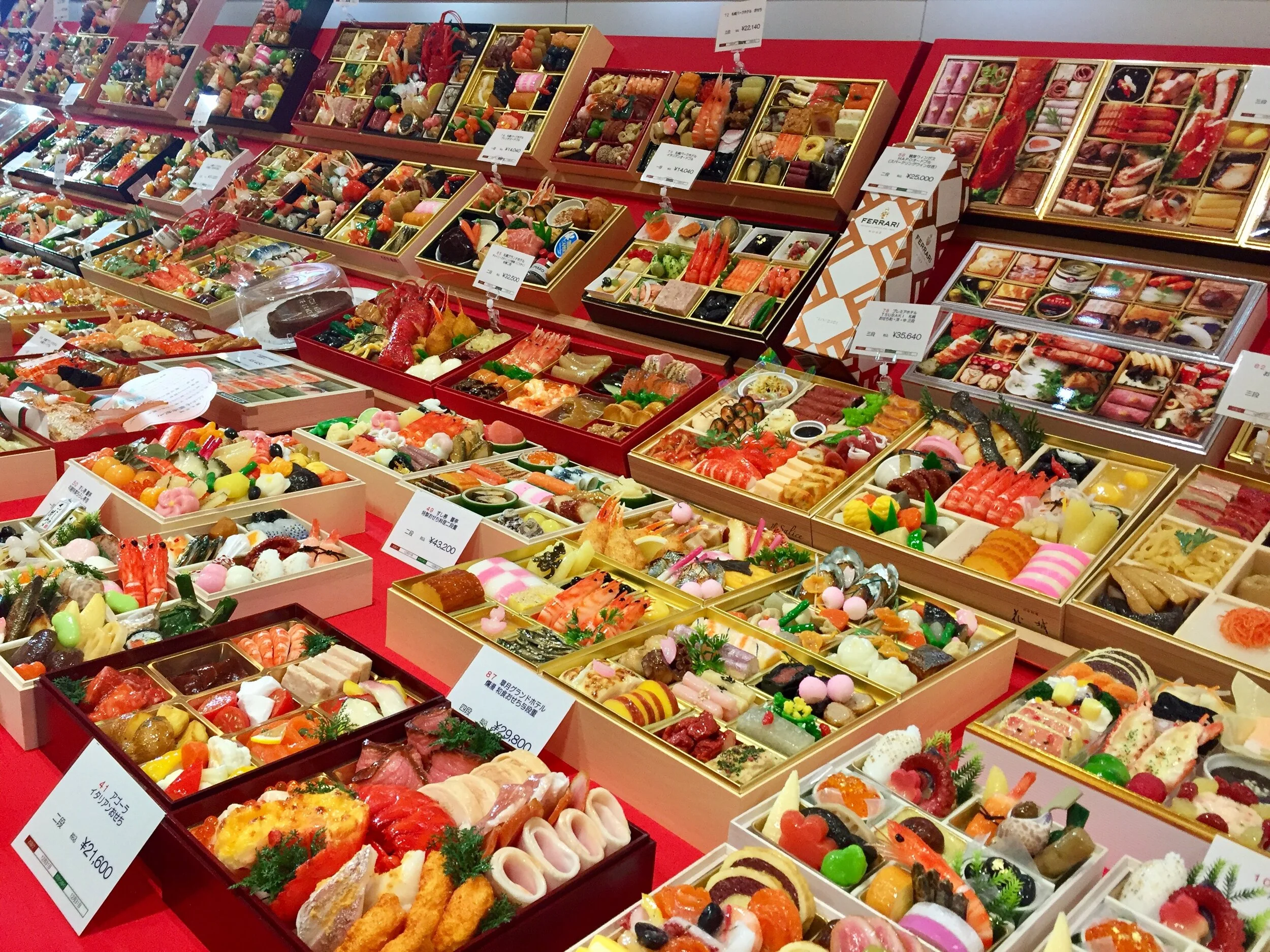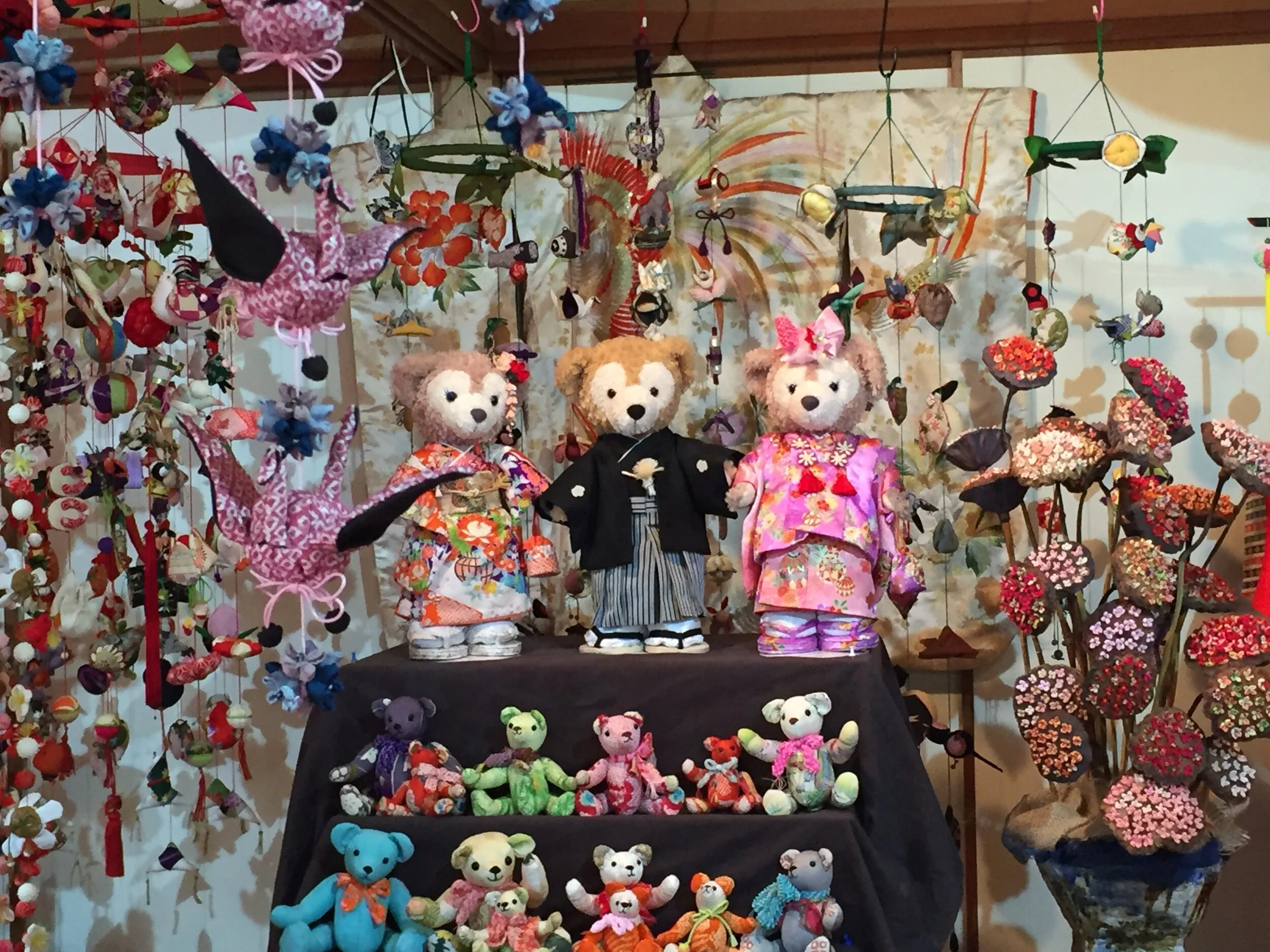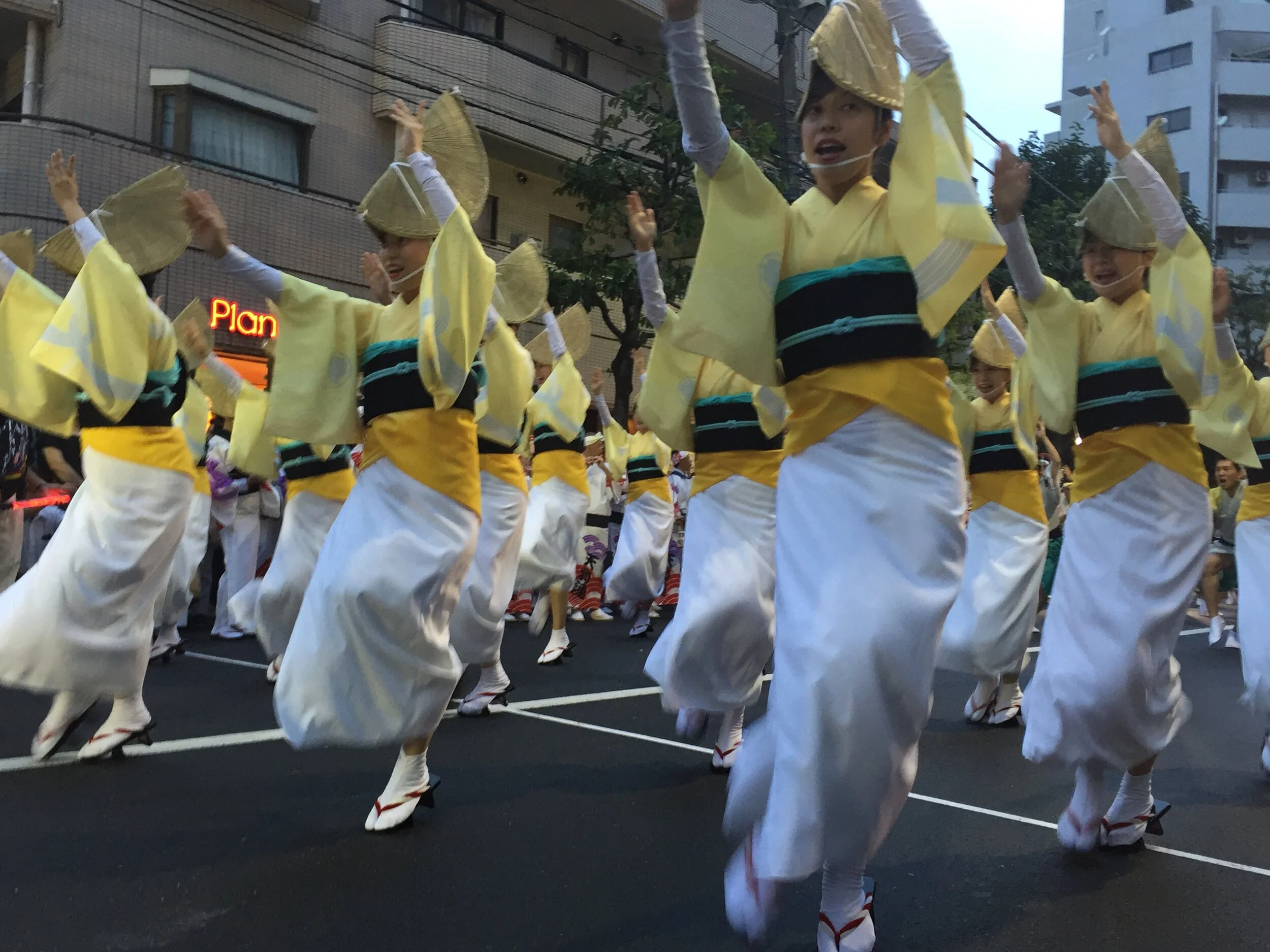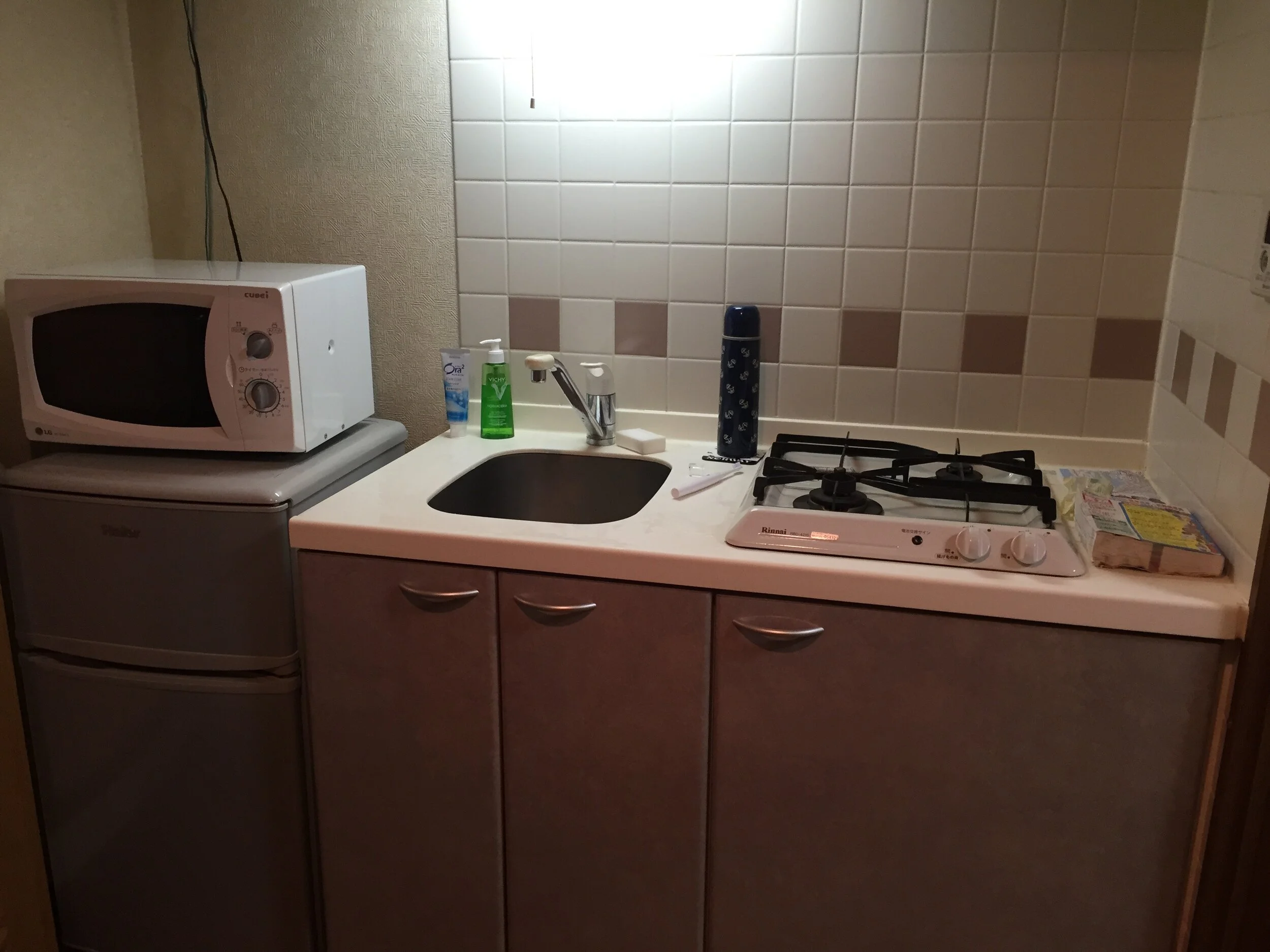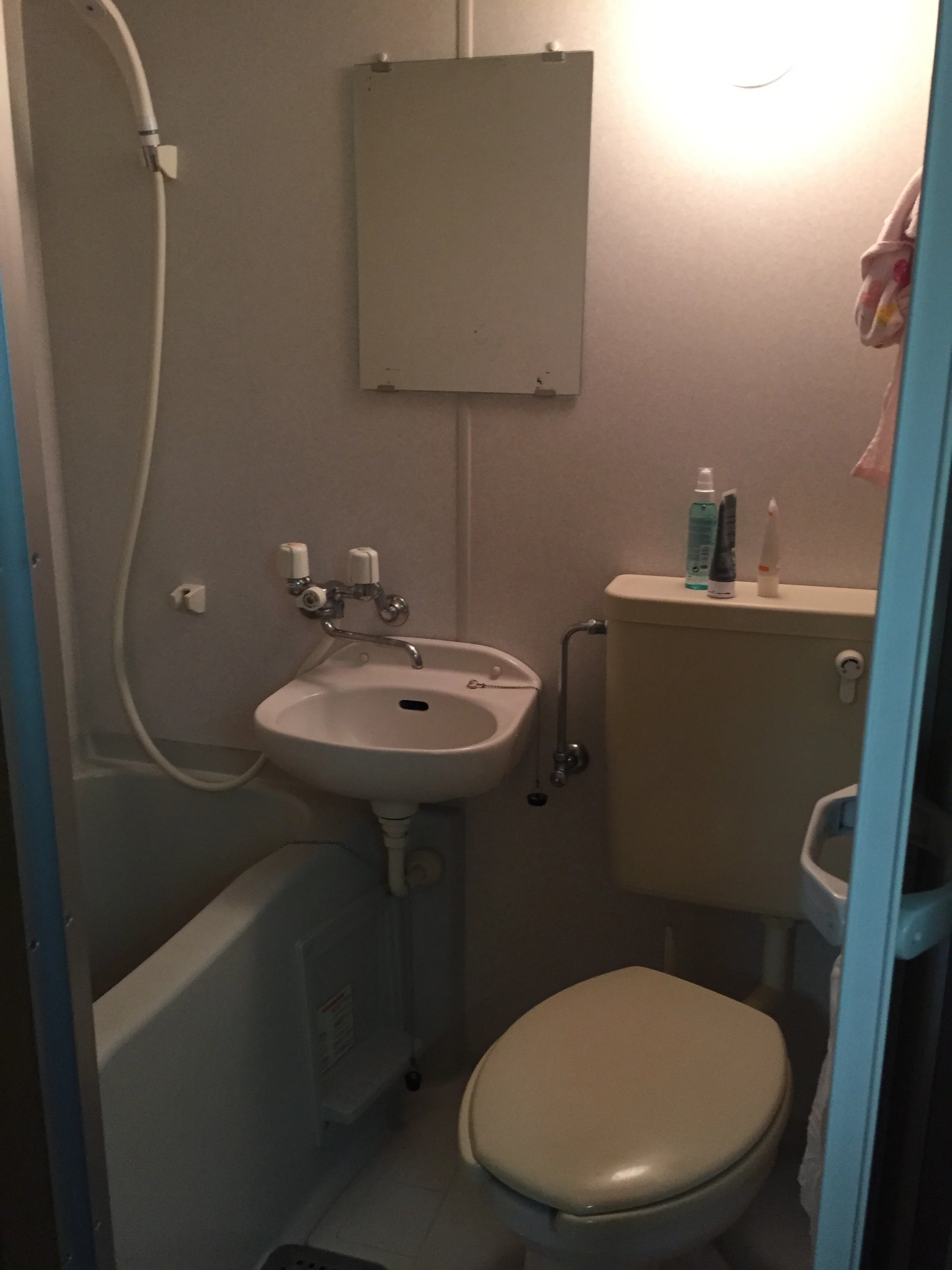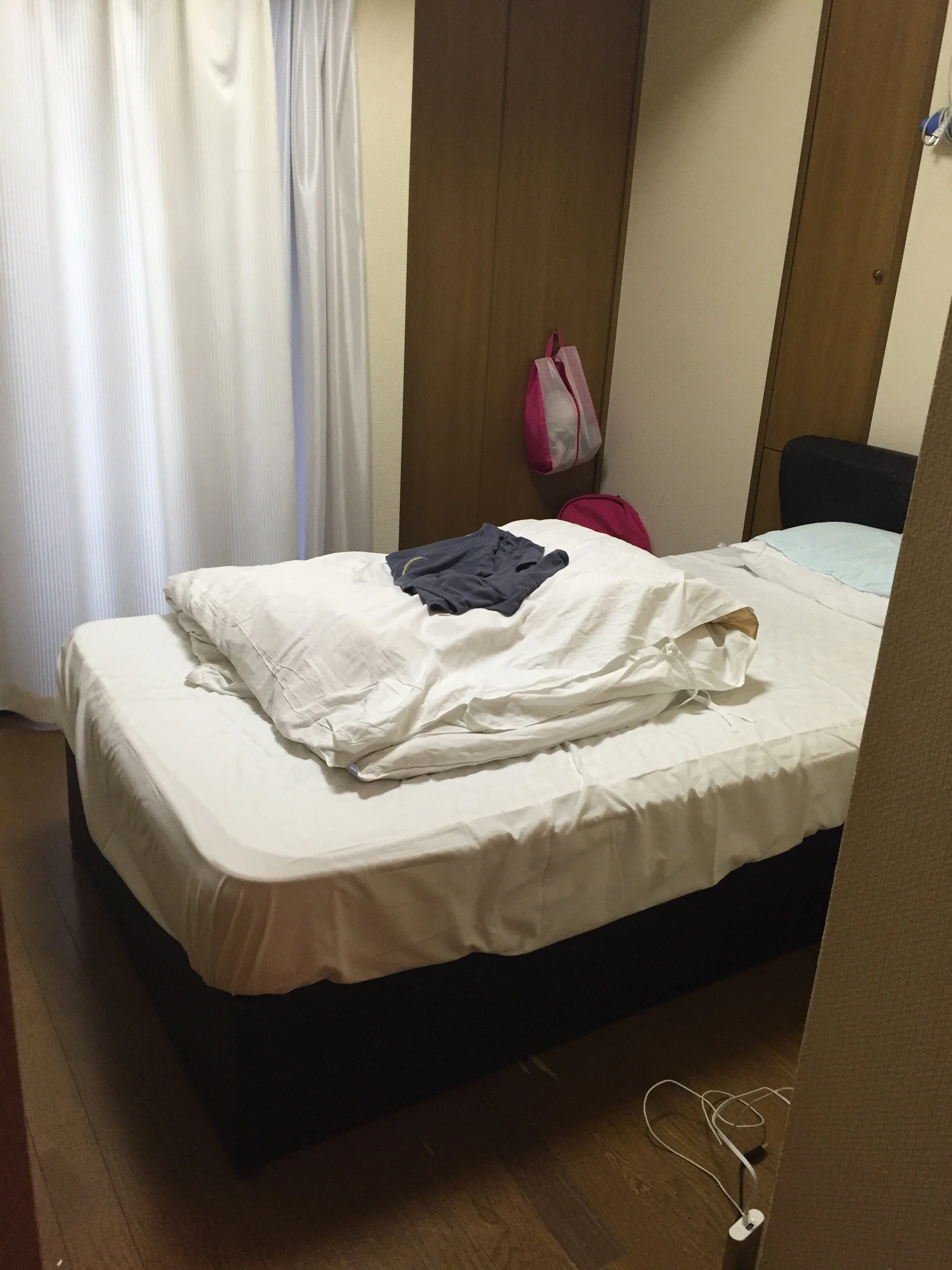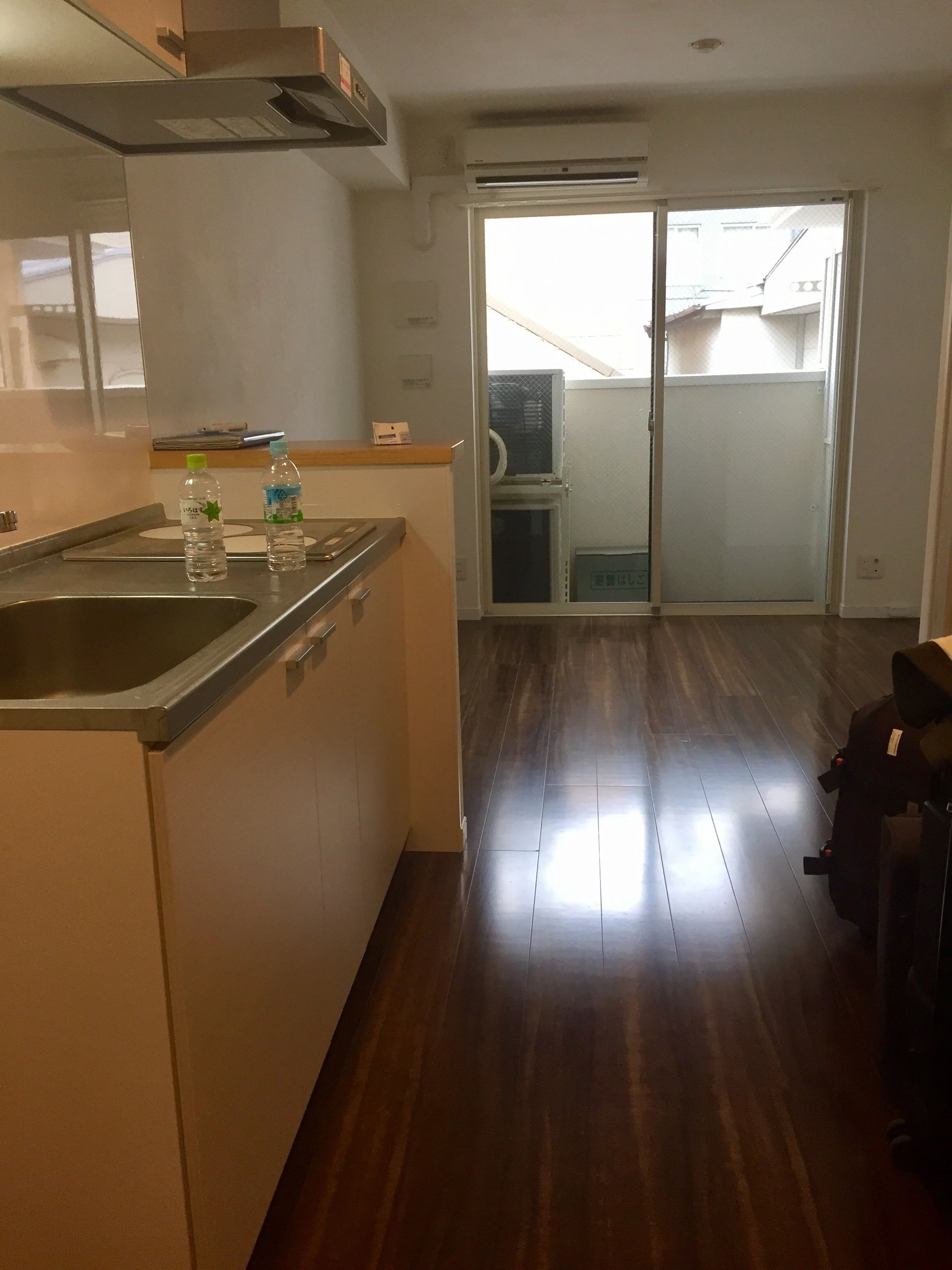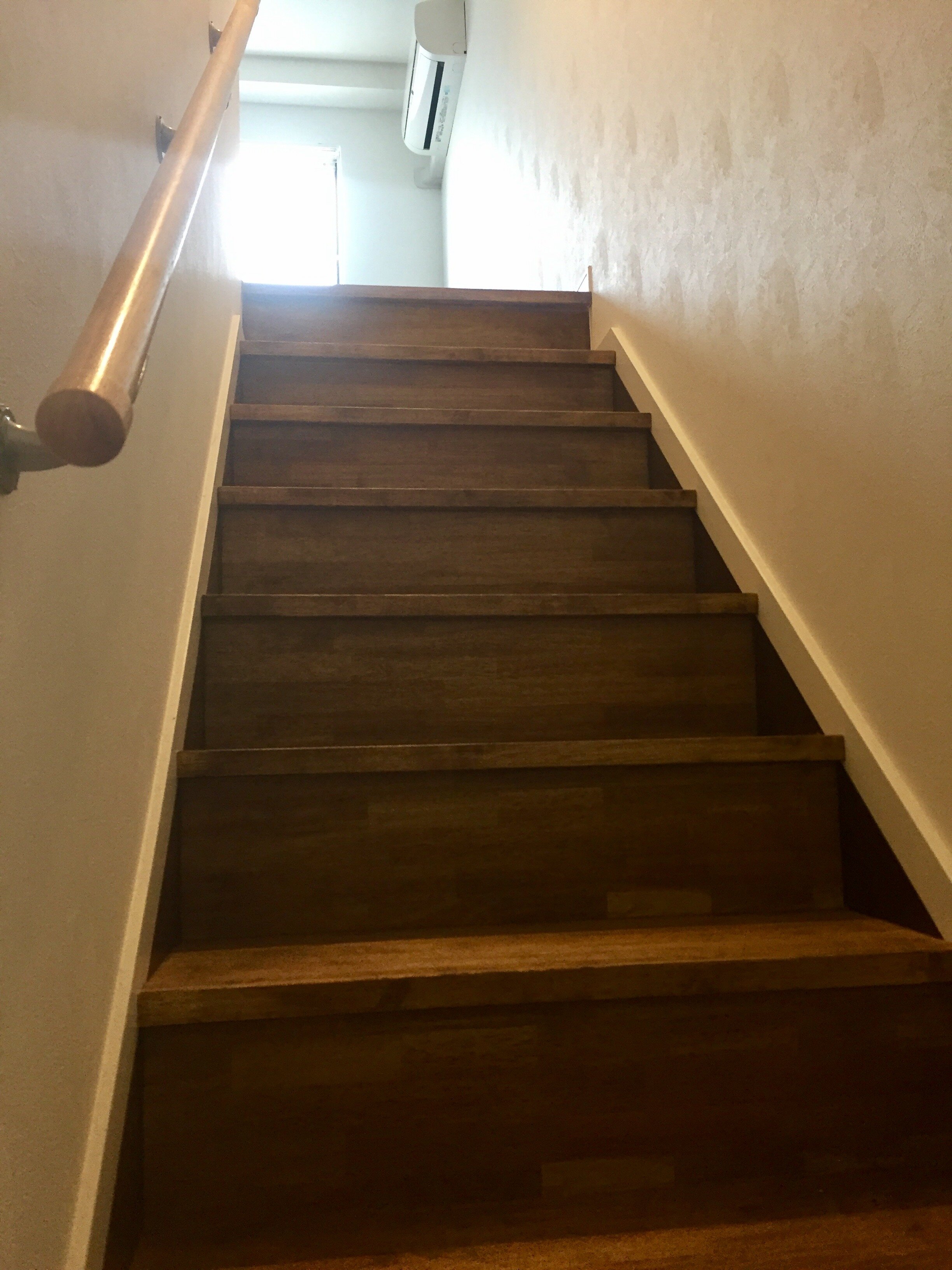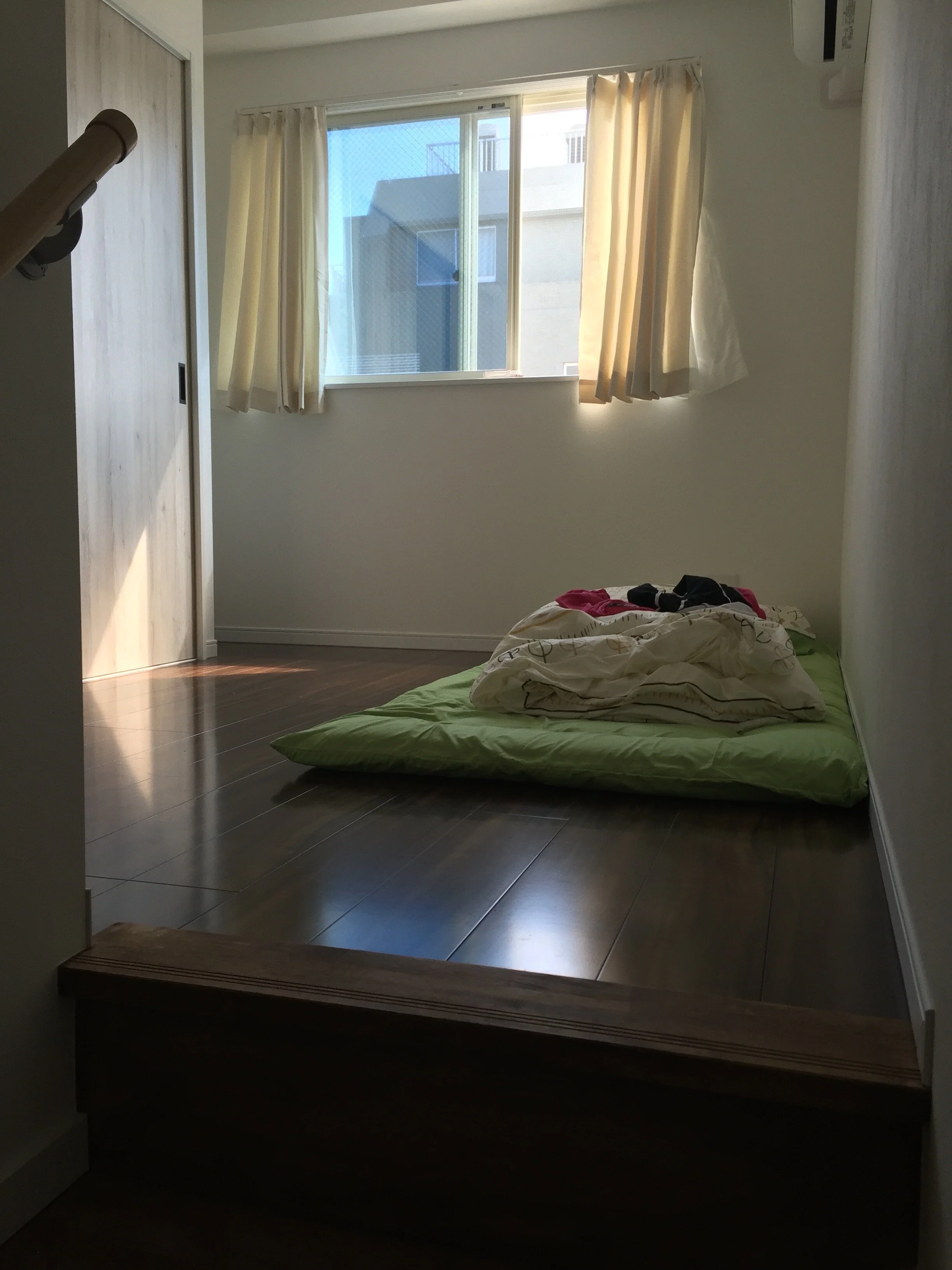Finishing off the series..
5 - Community Centres
Besides exploring different cities and going for hiking trips, my two main hobbies were taking Japanese culinary lessons and playing badminton. From both activities i learned about the amazing community centres in Tokyo.
Residents living Tokyo belong to one of the 23 wards in the city. Each ward has its own community centres, where the facilities can be booked by residents of that ward. I recall there were limitations on the number of guests from other wards that you could bring. For both cooking lessons and badminton, I was lucky enough to find organizers who could host bigger groups.
For the cooking classes, I did a few with Kitchen Nippon. The kitchens were fully equipped with pots, pans, utensils, plates and pots, all in various sizes for different cooking methods and different dishes. Perhaps not a surprise, given how complicated Japanese cooking is (to strive for the perfection) and the amount of side dishes that come with each meal. The only things which the organizer needed to bring in were the ingredients. I thought these were very nice facilities for the residents to host parties, since most people didn’t have big kitchens at home. They were also great for part-time culinary lovers to host classes without putting up the expensive cost for renting their own studio. To see some pictures of these cooking lessons or to check out classes that you can join on your next trip to Japan, check out Kitchen Nippon!
For badminton, if you ever need to look for a group to play badminton with, check out the Tokyo Badcox International Badminton Club. As the name suggests, the group is geared towards expats living in Tokyo. The group has a few stable locations at the ward community centres, and there are different activities for different levels.
Besides the kitchen space and the badminton courts, the community centres were also equipped with libraries and facilities for other sports like swimming and basketball. There were even free Japanese language lessons offered by Shinjuku City. it was great to be a resident of Tokyo!
6 - Other
Here is a collection of little things which made up my experience living and working in Tokyo:
Convenient stores (Family Mart, 7-Eleven, Lawson, etc) were truly convenient: wide varieties of snacks and food (especially the hot oden during winter times), useful household needs, concert/amusement park ticketing kiosks, ATMs, etc. I could pay all my utility bills in these convenient stores, without having to mail in cheques. One could really live off convenient stores when feeling lazy!
When dealing with government agencies, they would issue a paper receipt for everything that was done. These receipts were not necessary for reference (i.e. no legal implications), so it was quite a lot of tree killing. From my observations in changing address / reporting lost items to police, I saw many of the information was recorded on paper notebook (maybe translated to computer later?) and some back-end approval had to be physically signed by the authority (with a stamp or hanko 判子), so everything appeared not as advanced as I thought of Japan. Though in the end the work did get done properly, so the workflow was still well organized and efficient. Not too long after I arrived in Japan, I lost my wallet which contained EVERYTHING including the passport. It was a nightmare when I realized I dropped my wallet by accident, but the police located it at a station within hours after reporting it. Also thanks to the honesty of the person who found it!
I get asked a lot about what it was like to be a female working in Japan. I didn’t feel anything that was different from the North American work culture, largely because my team was 100% expats. However, when I attended a “Women in Leadership: training, I learned that females workers felt inferior to their male counterparts / there were unequal opportunities due to societal behavior expectations. While I couldn’t echo some of the comments, I felt it must be very tough for those working women who couldn’t get their opinions heard or the opportunities which they deserved.
Minor earthquakes were often. I remember the first night I experienced it, I freaked out and didn’t know what to do since it was before I got the training about earthquake emergencies. Then after a while I got used to it. It is worth noting that all low-rise apartments came with a small ladder for emergency situations so you could evacuate yourself. Also, everyone was supposed to stock food enough for three days. Some stores sold pre-packaged survival kits. Perhaps I didn’t see myself living there for too long, I never managed to get myself any supply for emergency situations.
There were a lot of delicious food in Japan. After returning from Japan for 3 years now, I realize there are just a few food that I absolutely miss / haven’t found good equivalent in North America: sukiyaki, Japanese fat leeks (negi 葱), raw eggs or tororo (とろろ grated yam) over rice, horumonyaki ( ホルモン焼き, beek or pork offal for bbq) or anything with horumon, Matsuya breakfast sets.






